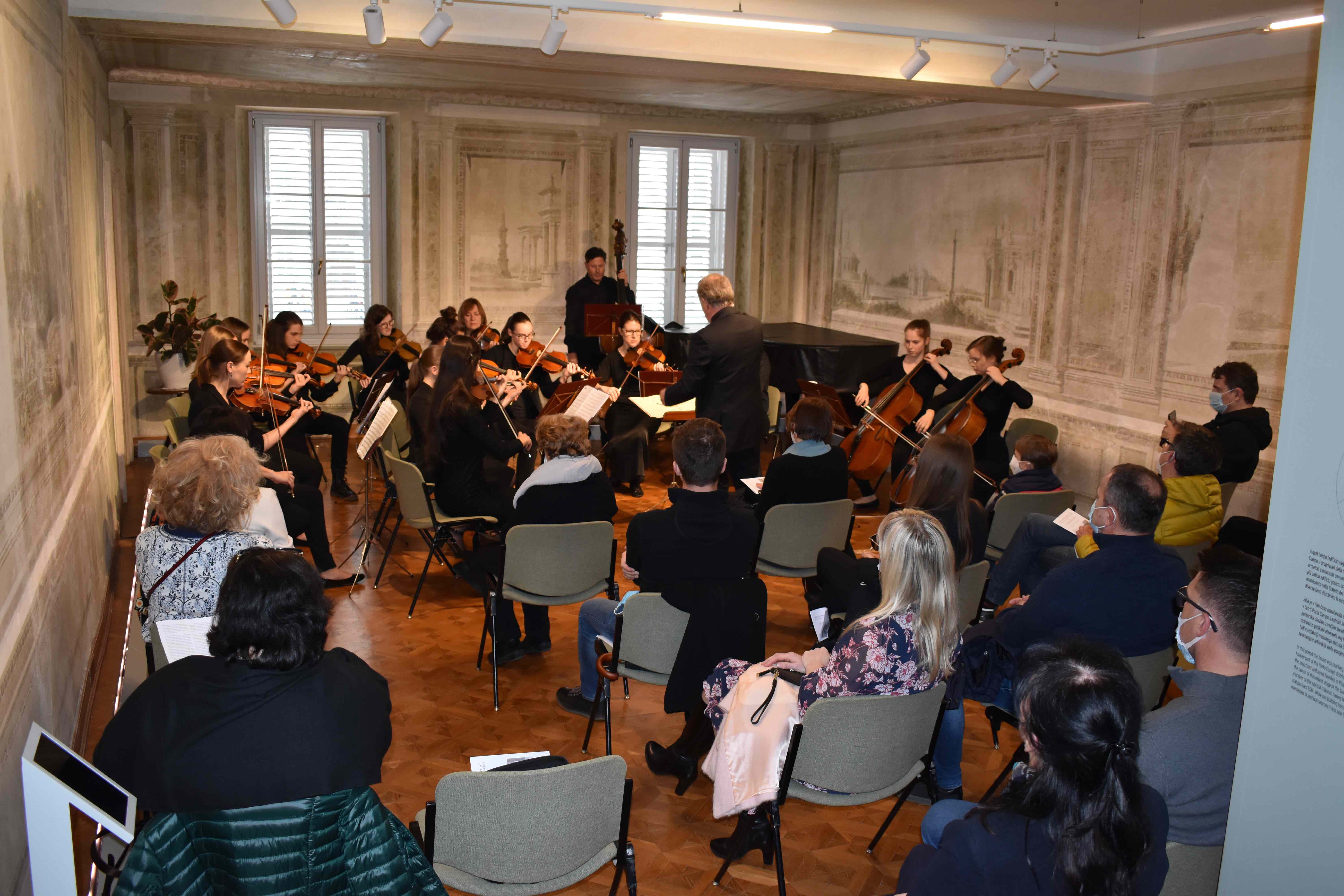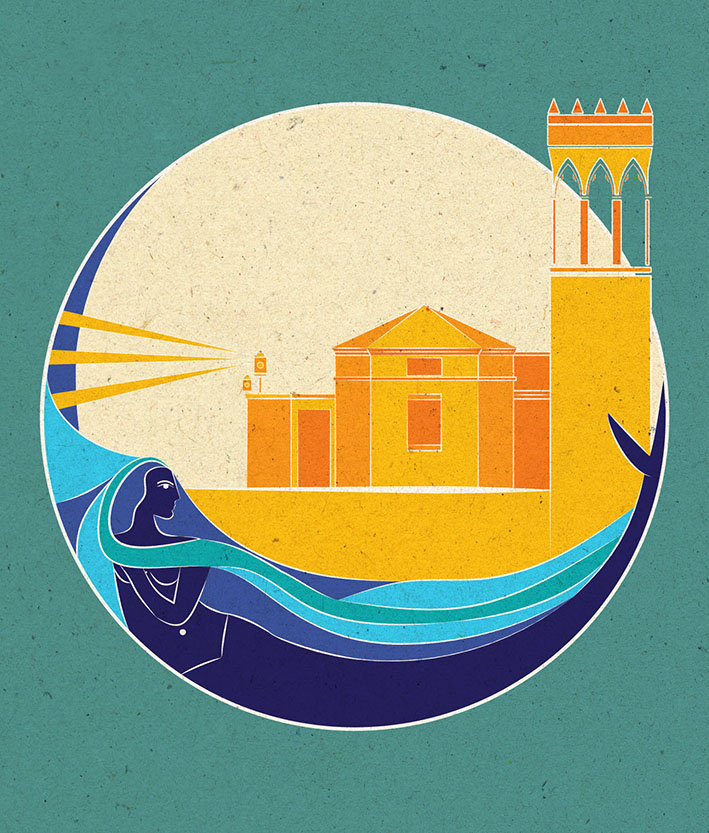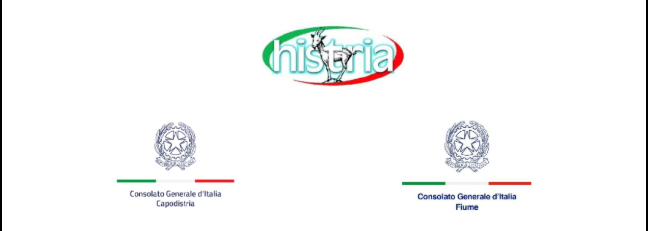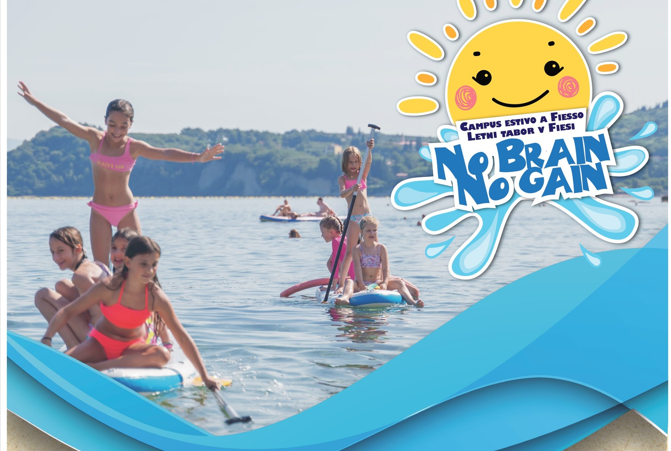Pasqua 2022 al Faro di Pirano

Presentazione del libro della dr. Katja Hrobat Virloget
03/22/2022
Concerto celebrativo dell’Ensemble d’archi degli studenti dell’Atelier Musicale Tartini
04/02/2022
La nostra Comunità è alla ricerca di collaboratori disposti ad occuparsi del FARO DI PIRANO nel fine settimana della Pasqua, dal 16 al 18 aprile 2022.
Ti invitiamo a proporre un tuo programma, un piano e una visione per far vivere la struttura situata in punta a Pirano nel fine settimana della Pasqua di quest’anno.
Stiamo cercando la persona (o le persone) che potrebbe gestire il Faro di Pirano nel fine settimana della Pasqua (dal 16 al 18 aprile 2022).
Il complesso architettonico è iscritto dal 1983 nel Registro dei monumenti storico- architettonici di importanza locale della Repubblica di Slovenia.
Dal 2018 il comune di Pirano ha dato in gestione il Faro di Pirano alla Comunità autogestita della nazionalità italiana di Pirano che ne cura l’apertura e l’offerta.
Il Faro è aperto ai visitatori che mediante il pagamento di un biglietto di ingresso possono accedere agli spazi della struttura: la torre e la casa del guardiano dove vengono allestite mostre di vario genere.
Dall’estate 2018 vari volontari, studenti, attivisti e amici hanno contribuito a mantenere aperto il faro al pubblico e ad offrire anche programmi culturali al suo interno.
Nell’ambito dell’apertura del Faro venivano organizzate mostre, presentazioni, letture, eventi vari.
Sul Faro si accede con l’acquisto del biglietto (2,00 euro) mentre nella struttura sono in vendita le cartoline (1 euro) i poster (5,00 euro) e le pubblicazioni.
La CAN come gestore ha provveduto ad organizzare la cassa fiscale, gli orari di apertura ed il calendario degli appuntamenti.
Negli anni scorsi il Faro veniva aperto al pubblico nei mesi di aprile, maggio, settembre e ottobre nei fine settimana con orario 11-16.
Gli interessati a possono inviare le proposte relative al fine settimana di pasqua entro domenica 3 aprile 2022.
Per informazioni potete contattarmi al num.tel 041 771 738.



